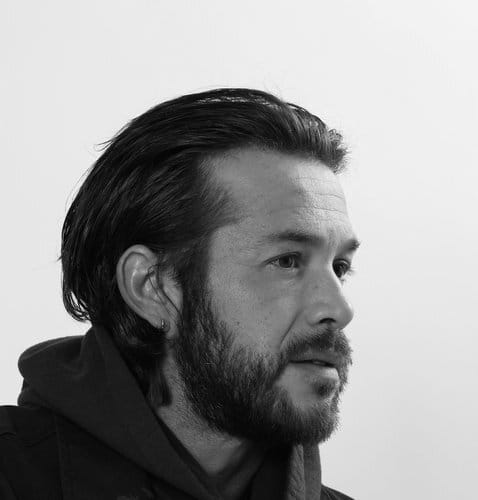- Brian Maierhofer
- Posts
- how to maximize who you are
how to maximize who you are
recover your authenticity
Many people think they have self-awareness, yet remain a stranger to themselves.
Many people think they are the master of their own fate, yet remain reactive and impulsive.
Until you understand the survival needs of your body, you will not truly know yourself.
Attachment vs. Authenticity
From birth, humans have two fundamental needs:
Attachment: the bond between a child and their primary caregiver, critical for our species, which is the most caregiver dependent.
Authenticity: adhering to our gut feelings and instincts, a trait that was essential for our ancestors' survival in the wild.
The problem is that, in the modern world, these needs often conflict.
In childhood, our experiences are very often dismissed by caregivers, so we learn to suppress our authentic self to maintain attachment.
Emotional Attunement and Physical Attachment
Ideally, caregivers could model the full range of expression and experience for a child, but often, for reasons of their own, they themselves are restricted in their ability to showcase affect.
For example, if caregivers have an unhealthy and suppressed relationship to anger, their children may learn to suppress their anger to maintain homeostasis and attachment.
Children learn that certain emotions, thoughts, and feelings bring us closer or further away from the physical attachment to our caregivers.
This is how we begin to lose our ability to connect to our authentic feelings and instincts.
This process can be very disruptive to our healthy attachment formation, which is critical for stress tolerance, emotional regulation, and relational capacity.
Recovering Authenticity
Recovering our authenticity requires revisiting where we originally lost it, our attachment system. We must revisit the scene of the crime.
Attachment is a relational system, but the initial healing work is accomplished alone. The key to healing our attachment wounds is within the relationship to our bodies, our own nakedness.
This is where we learn to develop the relational skills that transfer to another.
Relational Container
The relationship to our bodies is the oldest relationship we have. When we left our mothers womb the unconscious registered two things:
1) my body 2) her body. That’s it.
Our relationships to our bodies are our anchors into the tangible world. We cannot connect to anything else if we cannot connect to it. It serves as the bridge between the spiritual (conscious) and material plane.
The ultimate path to having better relationships with other people is first learning the relational skillset in the container that is our body.
Solution
In order to maximize who you are and recover your authenticity, you must repair your attachment wounds.
The best way to repair your attachment wounds is first through the relationship to your own body, starting with your physical connection through sensory experiences.
It’s about creating a relational container that serves as a means to regulate emotions, release stress from the nervous system, and cultivate intimacy with self.
Learn More in My Course
I teach you how to do this in my course, Somatic Psychology 201.
Join now at an early bird price before it increases.
Start your journey toward true self-awareness and freedom.
Best,
Brian Maierhofer
